Sylvania Luminaire accessories
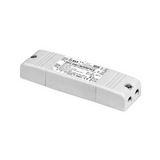



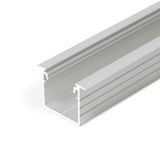
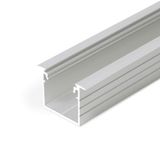

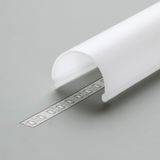

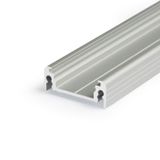
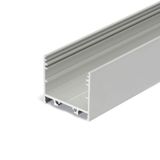


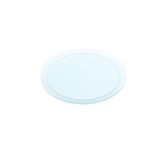
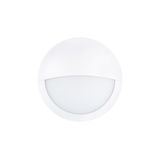
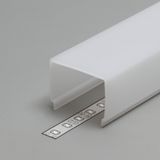
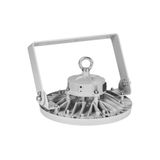
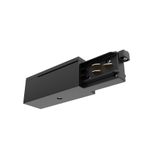
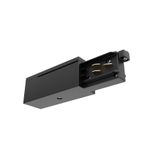
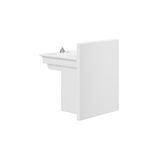
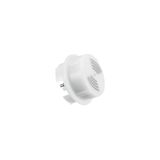
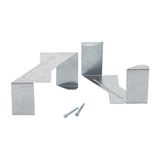


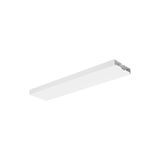
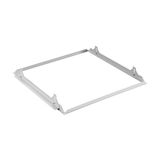


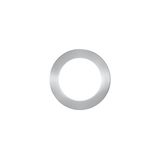




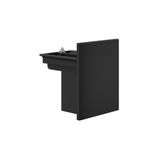
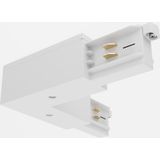
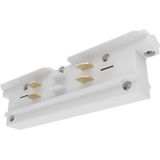

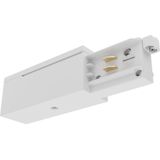


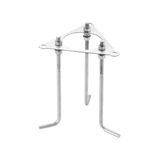
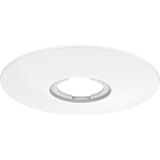


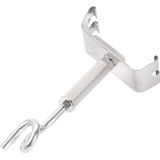
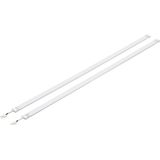

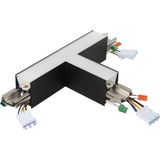
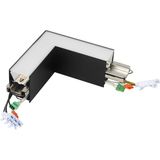


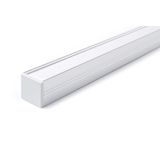



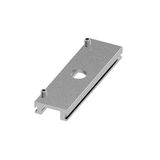
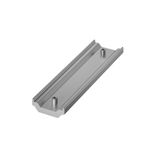
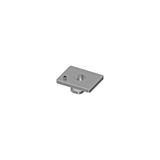

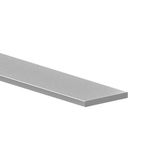
sylvania luminaire accessories overview for project fit-outs
Small parts decide whether a lighting job installs fast and survives servicing. This family covers roses, glands, bezels, clips, gear-tray hardware, and entry plates in standard and LSZH plastics, plus UV-stabilised outdoor compounds. Typical protection sits from IP20 in ceiling voids to IP54/IP65 on façades; IK08–IK10 handles public areas. Terminal geometry stays consistent, markings remain legible after multiple openings, and tolerances are tight enough to avoid lid warp. For procurement, teams tag sylvania luminaire accessories by room bundle so cartons land site-ready with predictable counts.
sylvania lighting accessories ecosystem and scope
Expect ceiling roses with strain relief, grommets and bushings, click-in trunking clips, spacer rings, service lids, gasket sets, prewired cords, and gear-tray brackets. Hole arrays are shared across sizes so mixed rails line up without re-drilling; metric threads with locknuts keep glands honest. Where EMC matters, 360° braid clamps at entry plates give a clean landing point into metal housings. In schedules that repeat rooms, planners lock a core set of sylvania lighting accessories to keep van stock lean while covering late adds.
sylvania mounting kits options for ceilings and tracks
Crossbars for downlights, channel clips for trunking, and adjustable carriers for bulkheads share slot geometry, which lets crews flip between surface and recessed without touching cut-out notes. Load and safety factors are printed or etched on the steel; soft inserts tame vibration on polished finishes. For open ceilings, galvanised hardware resists knocks; in food or wastewater zones, stainless fixings avoid corrosion. On phased retrofits, recording sylvania mounting kits at drawing level prevents bracket mismatches when spare luminaires shift between floors.
sylvania lamp holders variants and ratings
Interfaces follow IEC 60061 footprints and EN 60400 for tubular holders. Coverage includes E27/E14 screw, GU10 twist-lock, G13/G5 tombstones for linear, and GU5.3/GX53/G53 where depth allows. Heat classes typically meet T210–T300; contacts use nickel-plated brass or phosphor bronze; leads are 90–110 °C. Screw and push-in cages accept 0.5…2.5 mm² copper per EN 60999, with captive screws to keep service tidy. In warm retrofit cups, ceramic bodies stay dimensionally stable; in gypsum ceilings, polymer collars save weight. Maintenance lists note sylvania lamp holders by collar depth to hide rough cut edges consistently.
sylvania connectors and adapters interfaces and cabling
Plug-in blocks and in-line couplers follow EN 61984 principles with keyed housings to prevent cross-mating on multi-drop runs. PVC or rubberised H05VV-F/H05RN-F cables at 300/500 V are typical; compression glands are sized to jacket OD to maintain pull-out ≥60 N. For ingress, gasketed lids and glands keep their IP when threads are fully seated and ferrules match cable OD. On DALI/0–10 V or SELV lines, colour-coded pigtails arrive pre-crimped so QA can verify cores at a glance. Where schedules mention sylvania connectors and adapters, record ferrule size and strain-relief type to stop field improvisation.
sylvania replacement parts lifecycle and stocking
Wear items are predictable: clear and solid lids, diffusers, springs, latches, cord grips, and gasket kits. Keep a 2–3% overage for lenses—scratches appear late in the programme. Label frames and printable sleeves keep identification consistent across floors; QR tags tie assets to drawings for maintenance logs. For estates mixing IP classes, stocking sylvania replacement parts by luminaire family prevents swaps that would quietly drop the enclosure rating.
sylvania installation accessories selection guide for B2B
Start with cap/base and thermal class, then confirm conductor mix and termination style—push-in for ferruled fine-strand, screw-clamp when solid and stranded get mixed. Size entries to the tightest elbow and leave 30% spare for late adds on multi-drop runs. Standardise bezel colour and two canopy depths across floors; confirm IP at installed cable OD, not nominal. When prewiring speeds handover, specify keyed plugs with pre-crimped pigtails and log sylvania installation accessories as part of the lot so QA can check by EAN/MPN.
Technical specifications and standards for installers
- Interfaces and wiring: terminals 0.5…2.5 mm² copper per EN 60999; caps per IEC 60061; connectors to EN 61984.
- Materials and thermal: glow-wire 650–850 °C where applicable; lead insulation 90–110 °C; operating window typically −25…+50 °C.
- Ingress and mechanics: IP20/44/65 depending on assembly; closed-cell EPDM or silicone gaskets; metric threads with locknuts; stainless fasteners in salty or ammonia-rich air.
- EMC practice: 360° braid clamps at entry plates preserve shielding continuity into metal housings; keep earth tails short and direct.
Applications and compatibility across building types
Apartments and hotels lean on neat ceiling roses with integrated cord grips; offices use modular plug-ins to speed luminaire swaps during churn; retail prefers vandal-resistant canopies and robust strain relief above counters; plant areas need gasketed junctions, stainless fixings, and UV-stable plastics near skylights. All parts interconnect with common two- to five-pole schemes so they sit cleanly between luminaires and DALI/0–10 V drivers or simple switched circuits without special tooling. Cross-category note: pair these with Sylvania luminaires and control gear to keep bezels, thread sizes, and driver interfaces aligned.
Selection criteria for B2B clients
- Define interface early: cap/base, pole count, and dimming/control method upstream.
- Check mechanical stack: bezel depth, cut-out tolerance, bracket offset, and trunking pitch.
- Validate environment: IP/IK class, gasket material, UV exposure, and cleaning chemicals.
- Plan service: spare lenses per family, common screw packs, labelled frames for traceable swaps.
- Document logistics: EAN/MPN on every small part, room-bundle kitting, and acceptance checks on pull-out force and torque.
Advantages of working with Bankoflamps
Pricing is tailored to room schedules and you see live EU stock before crews are booked. We return quotes in about an hour with EAN/MPN so variants stay locked. The portal shows lead times, shipment status, and downloadable price lists with stability windows you can plan around. Approved accounts can use post-payment up to 30 days. We consolidate partials to cut freight, and your account manager cross-checks thread size, bracket geometry, connector poles, gland selection, gasket sets, and strain-relief sizing against your drawings so cartons arrive site-ready. We support projects in France, the Baltics, Germany, Spain, Italy, Belgium, and the Netherlands with tracked lead times and predictable pricing.